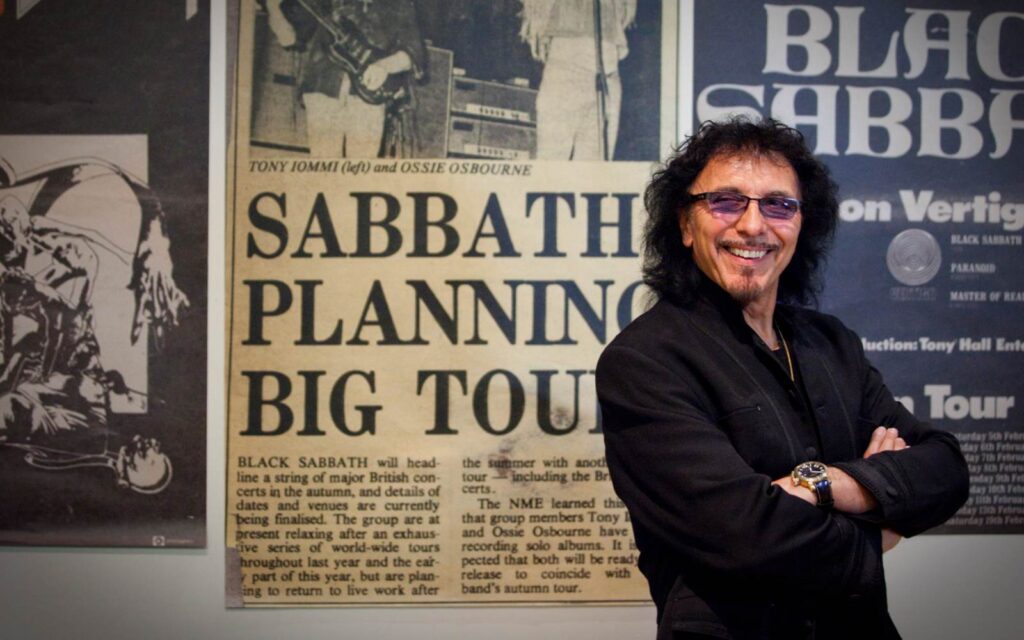A really valuable exercise that can help you on your way is listening to music you like – really listening to it. Pull it apart in your head. Dissect it. Try to isolate each instrument and element. What kind of sound is the kick drum? Is it a muffled sub-bass ‘thunk’ or an aggressive ‘bzzz’ with lots of high end frequencies? Is it a quick and tight sound or does it have a long decay? Are there two different kick drums? Nod your head to the tempo and identify where those kicks are in the beat. Think about each individual element of the percussion and instrumentation. What’s making those sounds sound like that?
Some parts can be really difficult to isolate and ‘crack’. There’s no shame in downloading your chosen song and popping it in your DAW of choice to help with the dissection. You could, for example, loop the first 16 bars of the track and concentrate on figuring out what’s happening there. Use an EQ or filter to help isolate low, mid and high frequency ranges so you can hear how each range fits together.
Looping a segment will also help you identify repetition and changes in the rhythm and melody. Pay careful attention to how many bars each element goes for before it repeats or changes. After doing this for a few songs, you may find that melodies of a certain length, for example, may be a calling card of your genre of choice.
When it comes to melodies, even if you know zero music theory, think about the apparent distance between the notes. Are there big jumps between low and high notes? Or are there only slight changes up or down? Is it atonal with tension and structure implied through rhythm and effects? How is it phrased around the rhythm? Where does each note strike happen on your 1-2-3-4 count? Is there lots of space between each note or does it ring out until the next hit? If possible, try and play along to work out what notes are being played and their phrasing around the rhythm. You may find similarities in a lot of your favourite songs.
I know I’m asking you to ask a lot of questions here, but there are actually tonnes more to be asked. We’ve barely touched on song structure and arrangement, but if you are just starting out, that can come later. Learning what it is that you like is paramount at the beginning. Even if actively listening to a track on the radio has left you wondering, “How the hell do I make my snare sound like that?” This is good, you’ve identified that you like that snare. Out of all the stuff going on in that track, you’ve locked onto that one individual element.
By the way, once you start listening to music like this, there’s no going back. Kiss your old music listening habits goodbye.
Once you’ve perfected the art of listening, take the next step and learn how to understand binaural panning.







